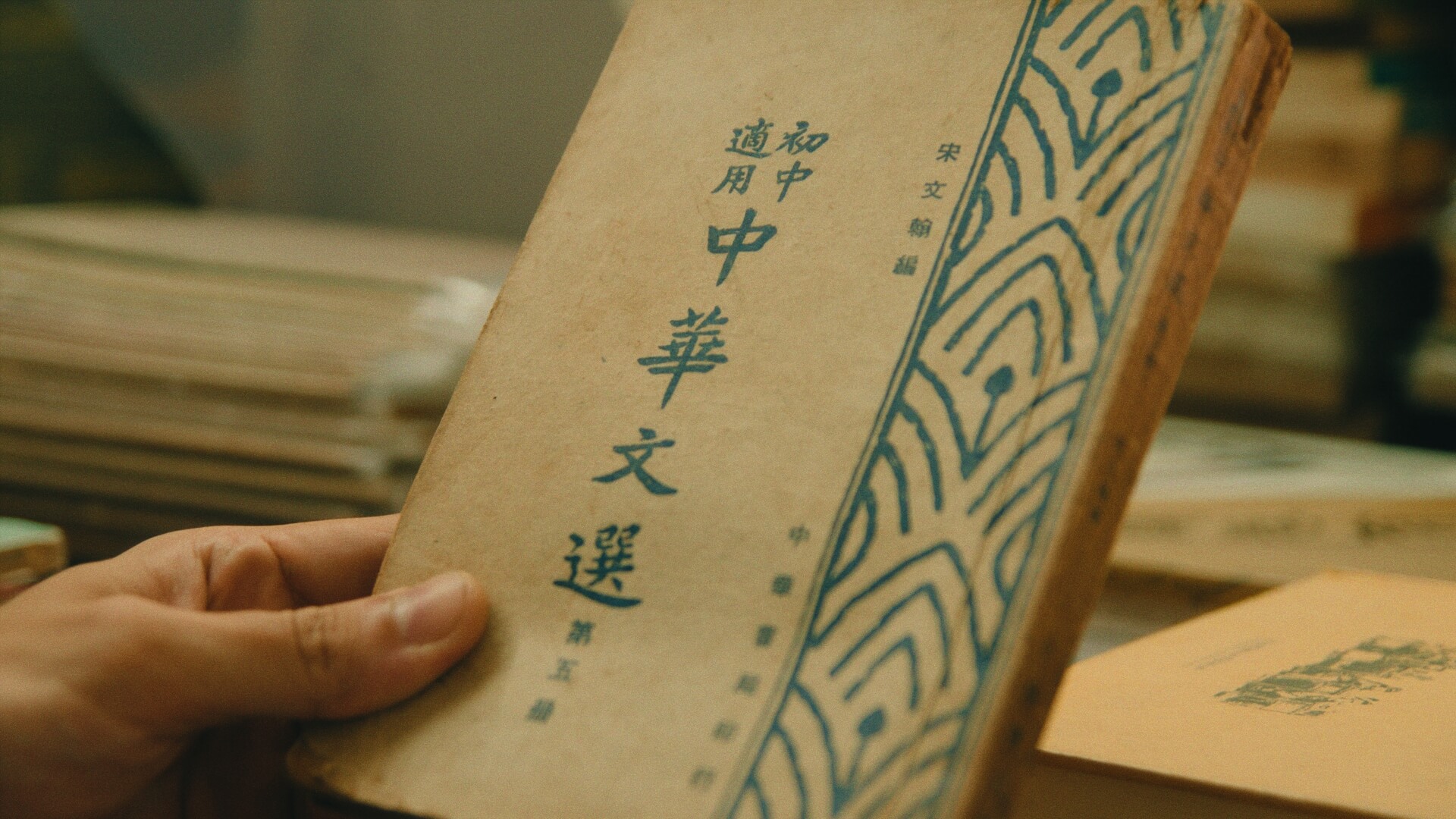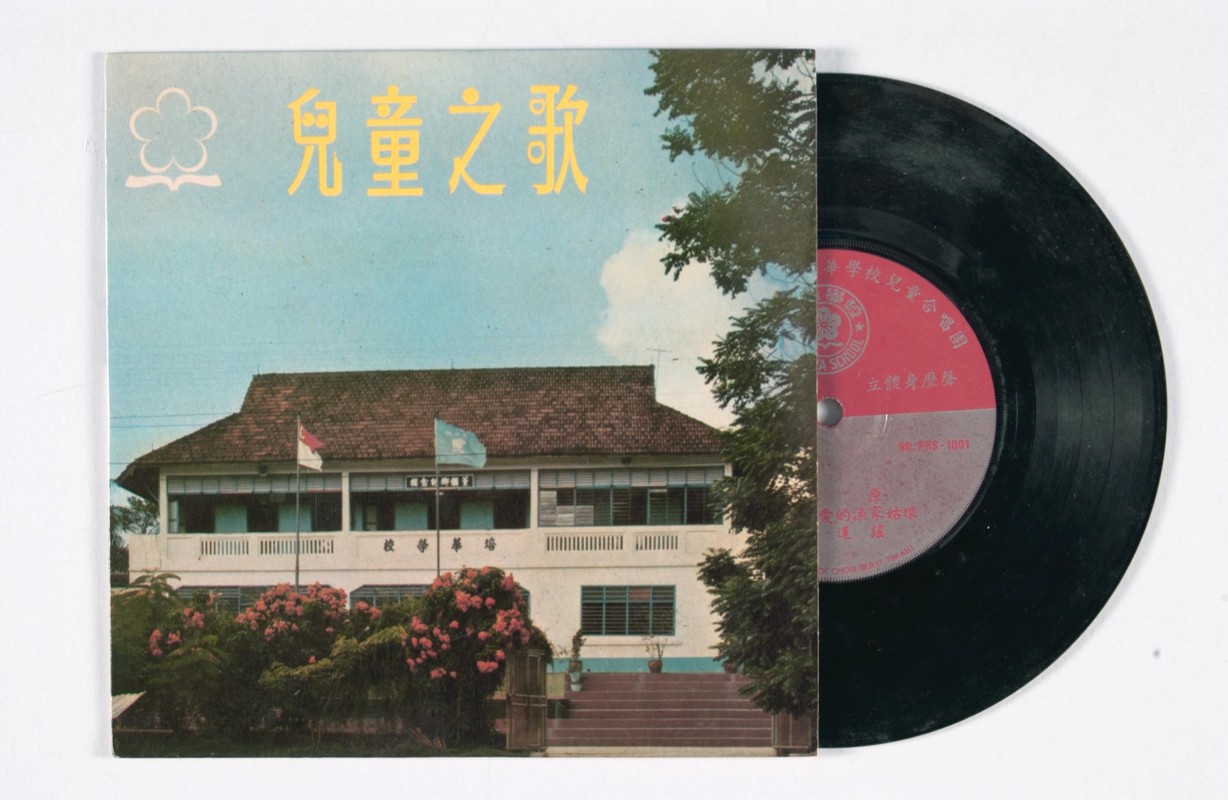华校教科书的南洋风情(1936-1957)
第二次世界大战以前,东南亚的华校大部分采用上海的商务印书馆和中华书局印行的课本。这些教科书的内容,原为中国当地的学生编写,以灌输各学科新知识和培养中国国民性格为目的,并没有将华侨居住地的气候、物产、生活习惯、风土人情、社会制度等因素纳入编写教科书的考量。直到1930年代初期,第一批专门为南洋学生编写的“南洋适用教科书”才面世。
这批“南洋适用教科书”,大多依照中华版《新课程标准适用课本》及商务版《复兴教科书》系列的选文为蓝本,改编而成。大部分内容保留了中国国内教科书选文和插图,小部分内容或插图则以南洋的风土人情取代,以符合“培植适于南洋之充实生活能力,增进各民族感情”的侨校教育宗旨。
从“南洋适用教科书”到“南洋教科书”
与此同时,一些本地书商如众兴出版社、南洋书局、世界书局和上海书局等,也开始参与华校教科书的出版,与中国出版商分享东南亚的华校教科书市场。本地书商还进一步在东南亚各大城市如雅加达、泗水、吉隆坡、槟城、马六甲、仰光等地设立分店,分销或出版当地适用的华校教科书。新加坡出版的“南洋教科书”系列,包括国语(华语)、常识和公民教科书,充满南洋色彩,将马来亚学童熟悉的环境和语境纳入课本内容。
根据笔者针对新加坡、马来西亚六大图书馆馆藏的调查,战前中国版南洋华侨适用教科书和南洋版(特别是新加坡版)南洋教科书,总数约有200余种,科目涵盖国语(华语)、英语、常识、公民、自然、博物、书信、尺牍、文范、作文、算术、珠算、历史、地理等科目,教材包括课本、教学法、教员准备书、教学指引、手册、测验练习本、会考准备书。教学程度则从幼稚园至高中各年级的教材皆有,相当完备。这些教科书,大都在封面标注“南洋”“南洋华侨”或“南洋侨校适用”等字样。
战前和战后初期的这批“南洋适用教科书”或“南洋教科书”,其本土风情主要体现在国语(华语)、常识、公民、历史和地理教科书的某些课文内容和插图上。例如,上海商务印书馆沈百英(1897-1992)等编写的南洋华侨小学适用《复兴国语教科书》1初级第二册中的三篇课文,把中国版的“打大麦”“杨柳条”和“大麦”内容,换成南洋学生熟悉的“椰子树”“扇芭蕉”和“豆子”。事实上,椰子树、香蕉和扇芭蕉,在上海商务及上海中华系列教科书内,几乎成了南洋风情的代表插图素材。有些“南洋华侨适用”教科书的课文内容,保留了中国版教科书的原文,插图则以椰子树为背景。



南洋元素的增加
中国编篡、新加坡出版的南洋教科书,其本土特色一般较中国版“南洋华侨适用”教科书为浓厚,内容方面也较顾及本地的课题。例如,南洋书局的《南洋公民教科书》2初小第一册课文中,有一幅悬挂着中英两面国旗的图片。旁边的文字教导学生要尊重国旗,同时也要尊重英国国旗。高小课文“马来亚的人民”“民族间的协调”,就比中华版“马来人的住宅”等篇章更为详实和贴近南洋现实。又如《南洋常识教科书》3中的课文,也谈到香蕉、椰子、榴梿等本地水果,以及热带雨林中的原始民族与动物,课文中不乏本地惯用的外来词语如“巴刹”等。再如,新加坡上海书局《现代国语课本》4第三册第二十课“南洋真是好地方”就唱出“把南洋作故乡”的本土色彩:
“唱唱唱,听我唱,南洋真是好地方。一年四季气候热,冬天不用加衣裳。没有雪,没有霜,树木长得快,果子多又香。中国人,在南洋,就把南洋作故乡,唱唱唱,听我唱,南洋真是好地方。”
总体而言,无论是由中国包办编纂出版,或由中国编纂、在本地出版的南洋教科书,依然以中国为本位,南洋华校依旧是“侨校”。书中出现的“南洋风情”只不过是配合华侨居住国的情况而作出的一些调整,好让学生较能体会内容,以辅助学习。1950年代以后,新马朝着自治建国的道路迈进,为了培养华人子弟以马来亚为效忠地的思想,教科书的编纂才开始注重灌输本土意识,编纂展现“马来亚化”色彩的教科书。
| 1 | 沈百英、赵景源、韦壳编,《复兴国语教科书》(南洋华侨小学校,初级)初小第二册。上海:商务印书馆,1949。新加坡国家图书馆馆藏。 |
| 2 | 南洋书局编译所,《南洋公民教科书》(遵照马来亚课程标准编辑,初小)第八册。新加坡:南洋书局,1949。新加坡国家图书馆馆藏。 |
| 3 | 南洋书局编译所,《南洋常识教科书》(马来亚联合邦教育部、星加坡教育部审定,初小)第八册。新加坡:南洋书局,1948。新加坡国家图书馆馆藏。 |
| 4 | 宋云彬、孙起孟编,《现代国语课本》(华侨小学适用)第三册。新加坡:上海书局,1949。马来西亚南方大学学院图书馆馆藏。 |
曹蓉编,《开卷有益,润物无声:东南亚早期华文课本图示目录》。新加坡:周星衢基金、大众书局、新加坡国家图书馆管理局,2014。 | |
李梅瑜编,《开卷有益,润物无声:新加坡华文教科书图书目录(1902-2015)》。新加坡:新加坡国家图书馆管理局,2017。 | |
郭颖轩主编,《开卷有益,润物无声III:东南亚早期华文课本(世界书局版)图示目录》。新加坡:周星衢基金、大众书局, 2020。 |










